Billionaires and political leaders are vying to land on the Moon, colonize Mars or mine asteroids.


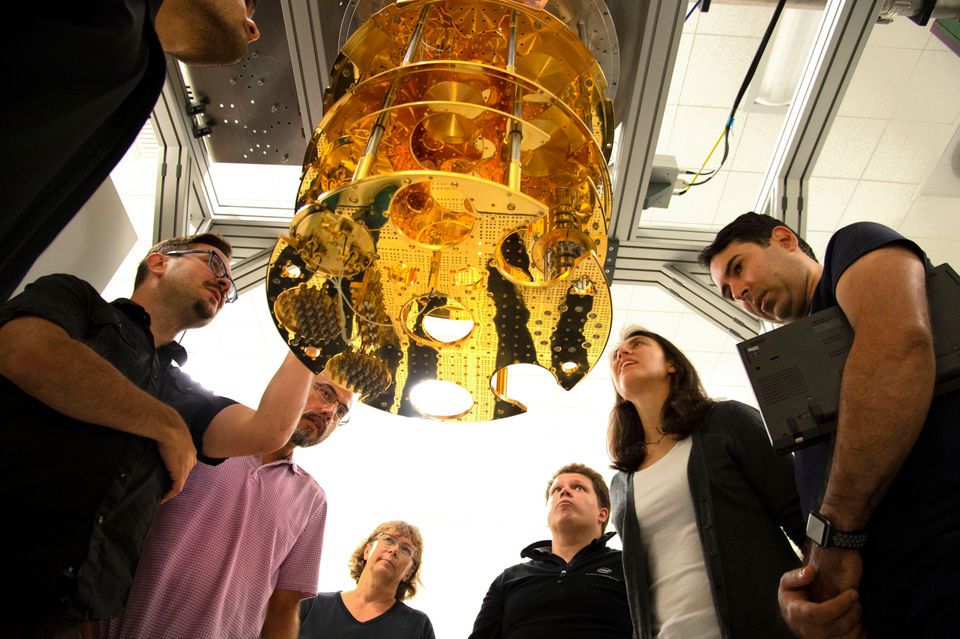
There, engineers are doing something strange. They’re freezing computer chips to 460 degrees Fahrenheit below zero, colder than deep space, to simulate the quantum structure of the universe.
At such extreme temperatures these remarkable chips, called qubits, enable scientists to peer into the complex, uncertain interaction of particles at the atomic level — an unseen world in which seemingly contradictory results can exist simultaneously, a place where simply observing an interaction can change it. Or wreck it altogether.
“Quantum — it’s something weird,” said Mike Mayberry, Intel’s chief technology officer and general manager of Intel Labs.

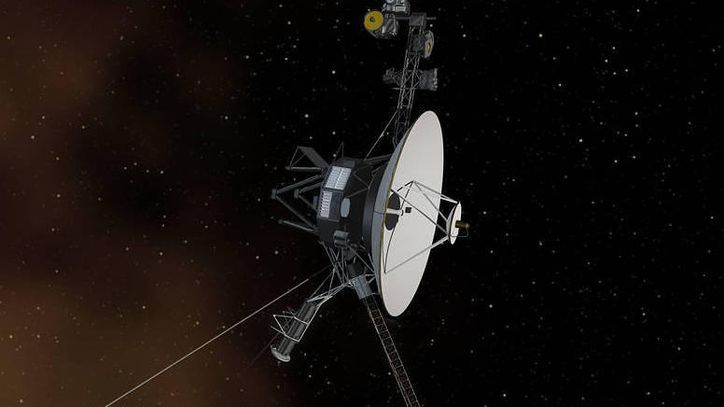
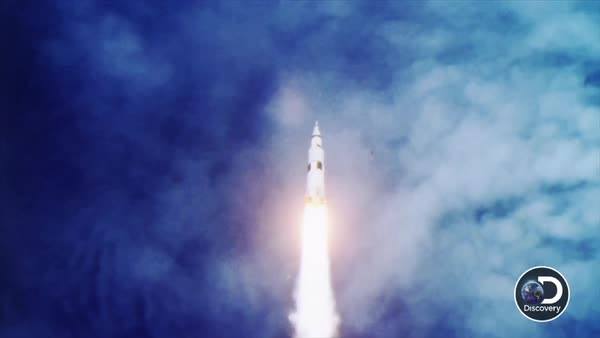
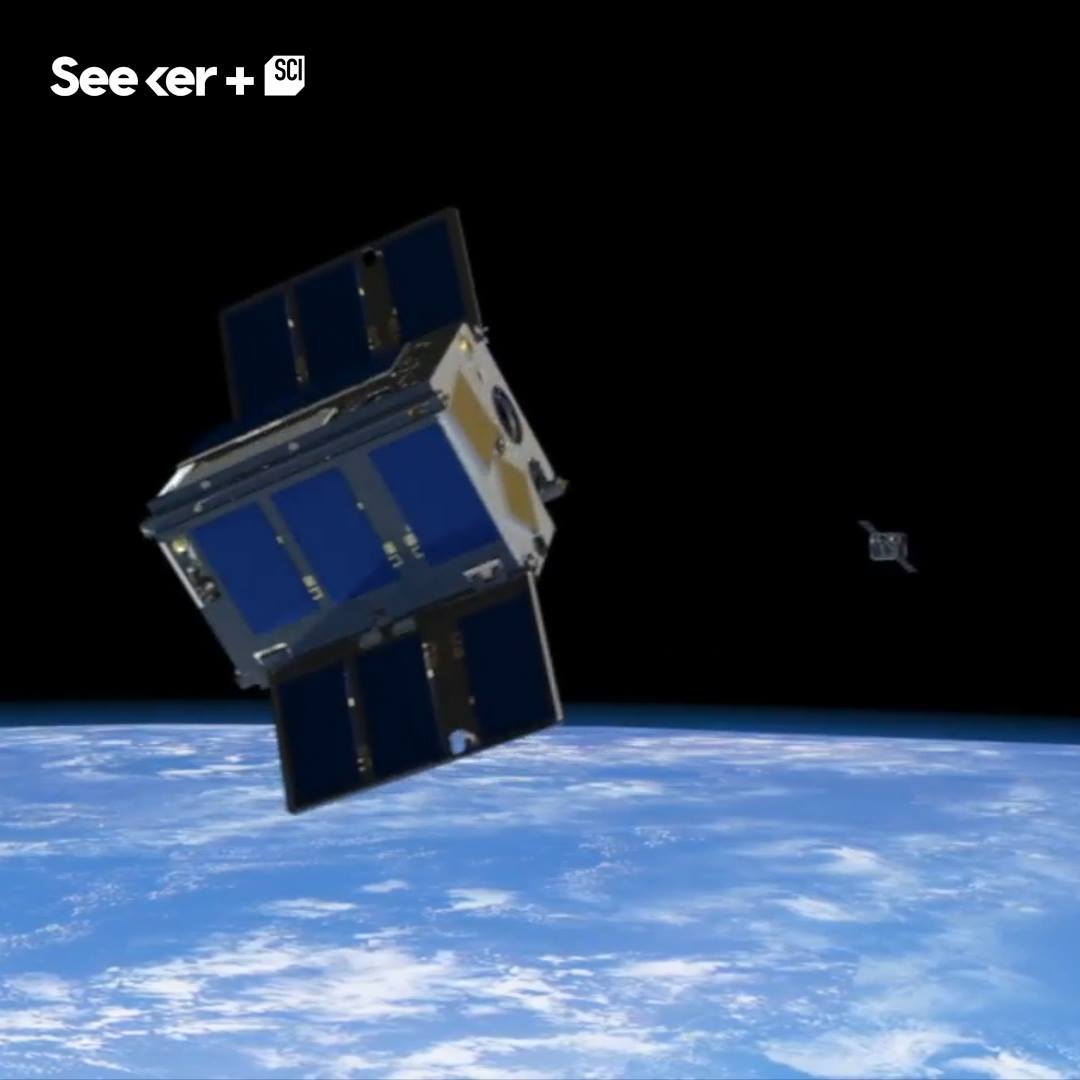

“We are all stardust,” astrophysicist Neil deGrasse Tyson tells CBS News Chief White House Correspondent Major Garret on this week’s episode of “The Takeout.” “And you have a connectivity to the universe that for me is uplifting rather than ego-busting.”
Tyson joined the podcast to discuss his new book, “Accessory to War: The Unspoken Alliance Between Astrophysicists and the Military.” The book, written with co-author Avis Lang, explores the long and complicated history of how the study of astrophysics changed warfare.
In July, “The Takeout” welcomed NASA Administrator Jim Bridenstine, who described how reliant we are on space technology.
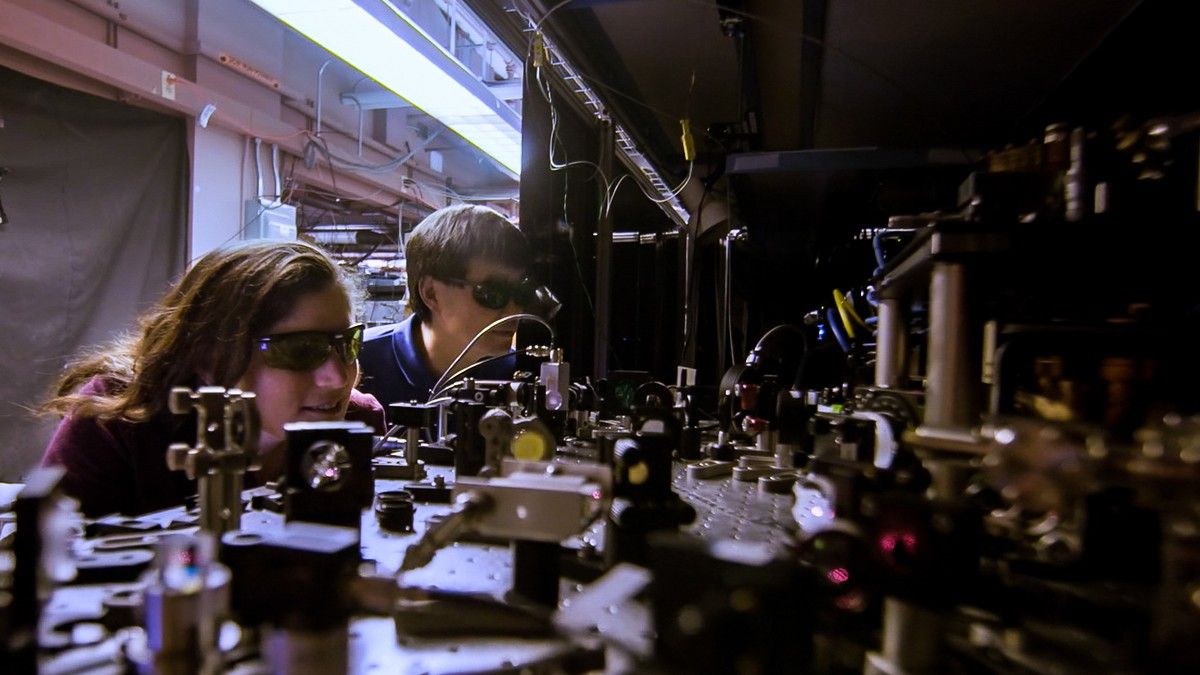

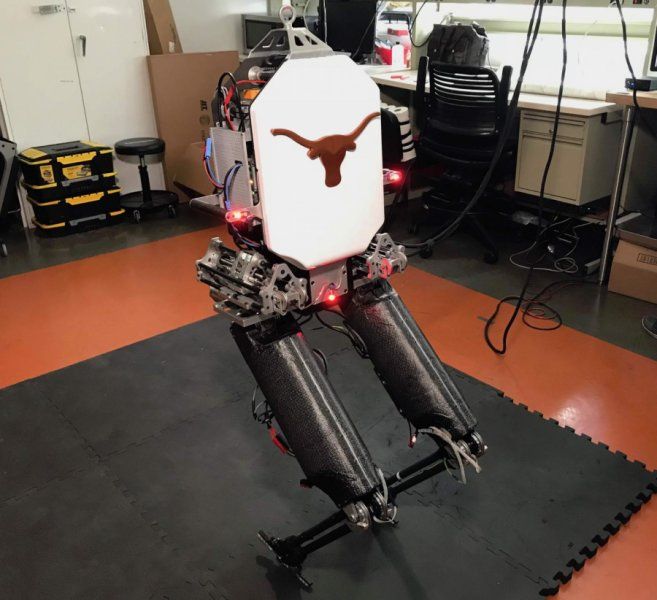
By translating a key human physical dynamic skill — maintaining whole-body balance — into a mathematical equation, the team was able to use the numerical formula to program their robot Mercury, which was built and tested over the course of six years. They calculated the margin of error necessary for the average person to lose one’s balance and fall when walking to be a simple figure — 2 centimeters.
“Essentially, we have developed a technique to teach autonomous robots how to maintain balance even when they are hit unexpectedly, or a force is applied without warning,” Sentis said. “This is a particularly valuable skill we as humans frequently use when navigating through large crowds.”
Sentis said their technique has been successful in dynamically balancing both bipeds without ankle control and full humanoid robots.